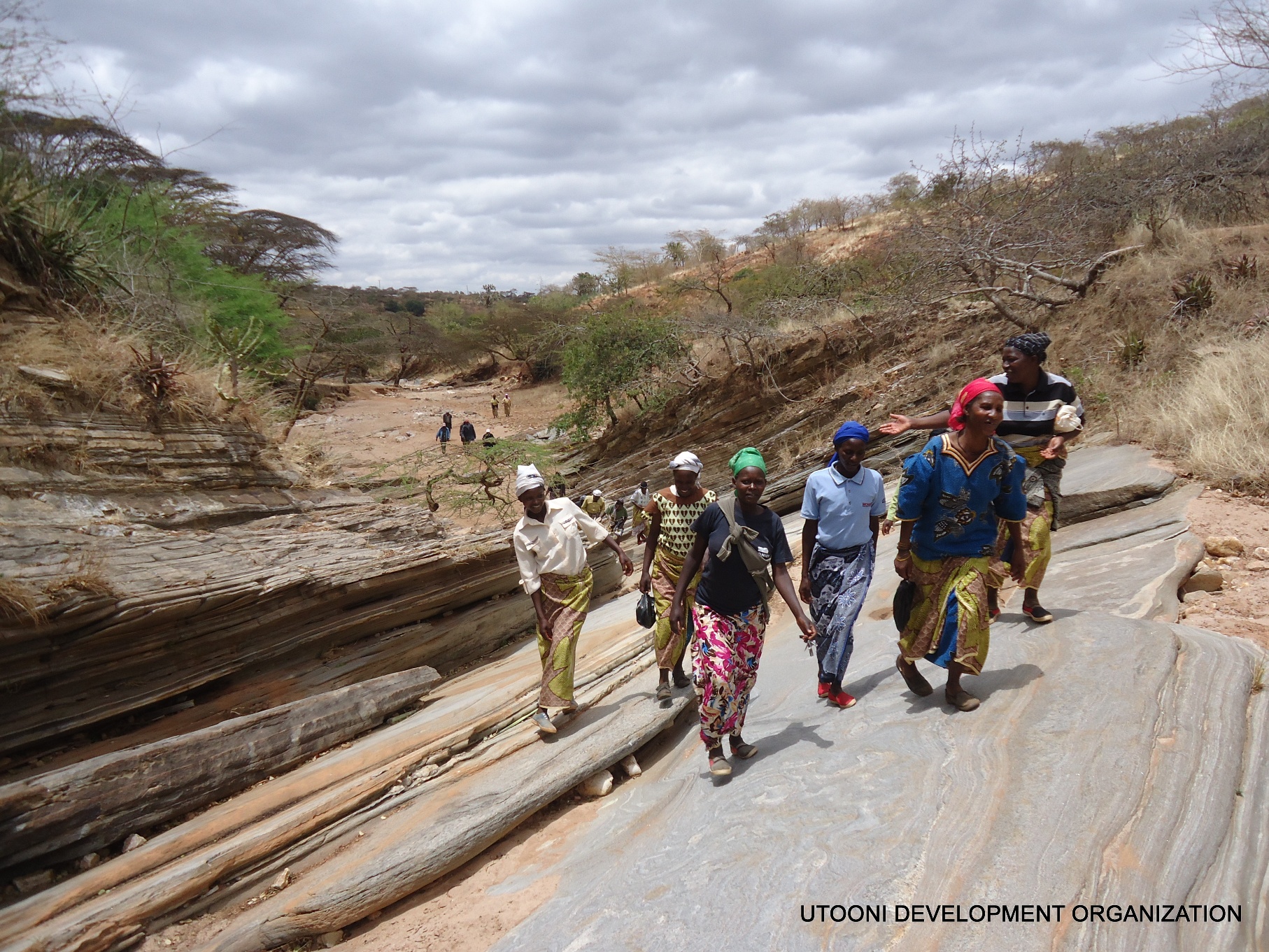

Sand dams (some times called more general groundwater dams) store water under the ground. A sand dam is a small dam build above ground and into the riverbed of a seasonal sand river. Sand accumulates upstream of the dam, resulting in additional groundwater storage capacity. Similar to sand dam a subsurface dam obstructs the groundwater flow of an aquifer and stores water below ground level. Sand and subsurface dams are suitable for rural areas with semi-arid climate in order to store only seasonal available water to be used in dry periods for livestock, minor irrigation as well as for domestic use.
Benefits include:
- Storage of rain water in seasonal rivers
- Minimum evaporation since water is stored in sand
- Reduction of contamination by livestock and other animals since water is under sand
- Filtration of water flowing through the riverbed sand improves water quality
Sand dams can be built with locally available material and labour but building a dam still requires relatively high investments, is labour intensive and specific expertise is needed.
The technology is labour and physical capital intensive. Depending on site location, some communities may not be able to implement it without some external aid.